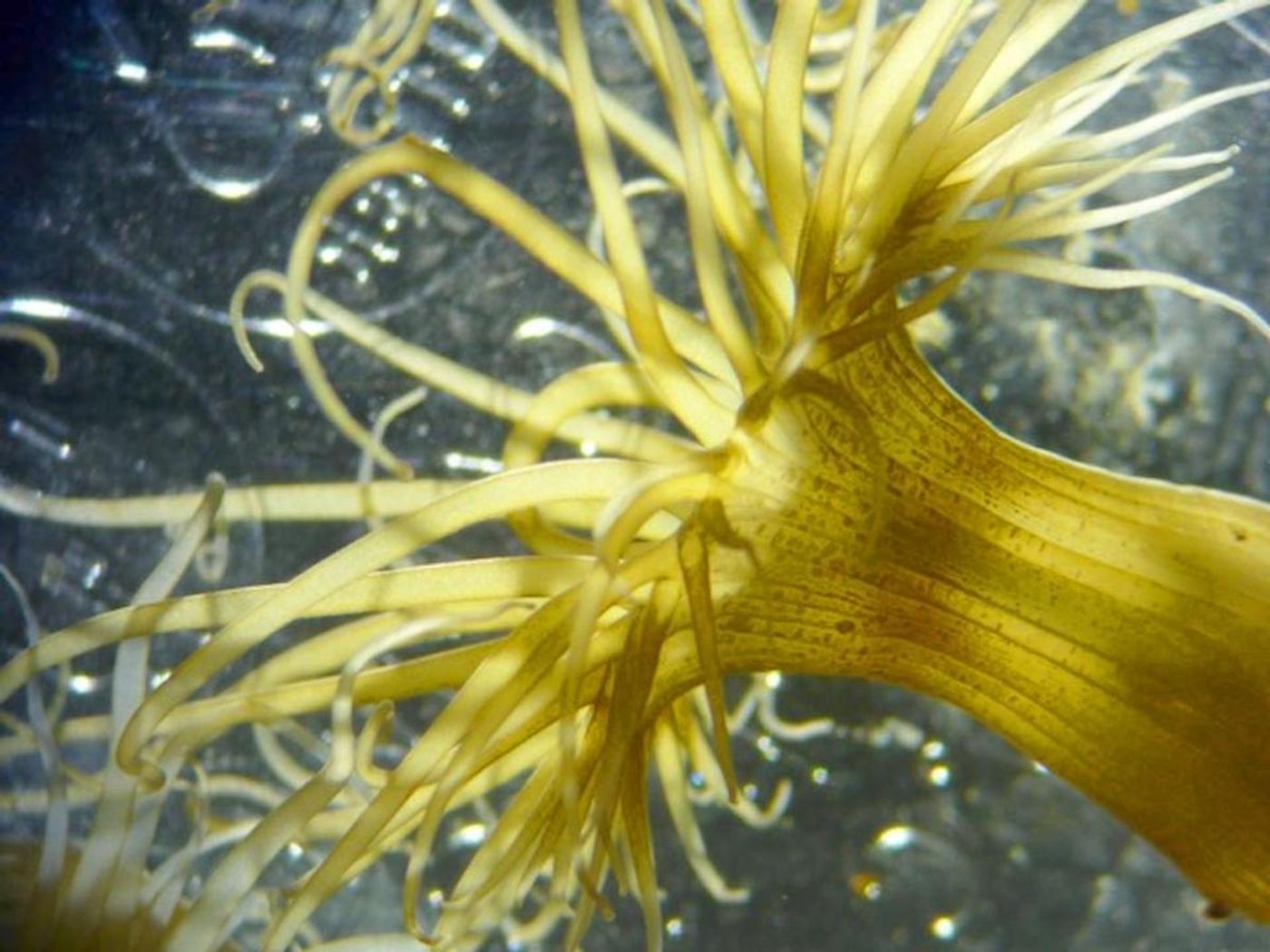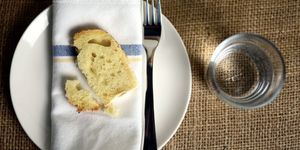Coral Cells Can Spit Out the Symbionts They Don't Want
Microalgae are single-celled microbes that can carry out photosynthesis. Some live in symbiosis with animals, like dinoflagellates that live in coral. This mutually beneficial relationship is an ancient one and has enabled coral to thrive in many types of environments. When coral takes up microalgae, the coral cells don't digest the algae if they won't work out as symbiotic partners; the microalgae get spit out in a process known as vomocytosis.
Scientists have now determined that in cells where this type of symbiotic relationship occurs, the microalgae can suppress their host cell's immune system, preventing the host cell from ejecting the microalgae. This work, which was reported in Nature Microbiology, determined that some dinoflagellates can suppress this mechanism, allowing them to remain in the cell. It's up to the coral to figure out whether they stay or go.
"The challenge for the corals is to differentiate between beneficial and potentially harmful microorganisms. For their part, the algae have to circumvent the immune response of the host cell, establish an intracellular niche where they can survive, and coordinate their own cell functions with those of their host to efficiently exchange nutrients," explained study leader Dr. Annika Guse, a cell biologist and Professor at the Centre for Organismal Studies (COS) of Heidelberg University.
In this work, the researchers were able to find experimental evidence that showed how host cell immune suppression ensures suitable microalgae are retained and tolerated over the long term. The scientists used sea anemones, called Exaiptasia diaphana (Aiptasia). Larval Aiptasia anemone takes up microalgae symbionts from their environment just as coral larvae do, but the sea anemone larvae are transparent, making them a great research model.
The Aiptasia absorb many things from their environment without determining whether or not they'll work as symbionts. Eventually, however, they eject the incompatible stuff. Symbionts aren't vomocytosed, suggesting they interfere with immune pathways involving toll-like receptors (TLRs) of the host cell. TLRs help identify and remove invaders. In many animals, the MyD88 gene helps regulate toll-like receptors.
"We were able to prove that the algae symbionts suppress MyD88 and thus initiate symbiosis. That is how they elude vomocytosis," noted Guse.
The researchers also determined that this mechanism is ancient and it may be more widespread than known. It was thought that the invaders triggered vomocytosis, but it may also be initiated by the host cell. The researchers suggested that indicates the host cell can use it to choose the right symbionts.
"This suggests that vomocytosis is an important process that led in the first place to the emergence of the intracellular lifestyle of the coral symbionts," said Guse.
Sources: AAAS/Eurekalert! via University of Heidelberg, Nature Microbiology









